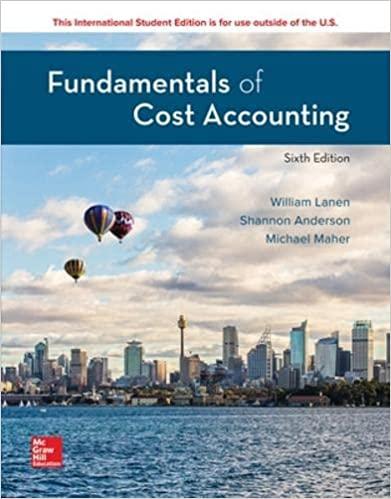Answered step by step
Verified Expert Solution
Question
1 Approved Answer
1.The condensed income statement for a business for the past year is presented as follows Product Total $850,000 S260,000 $340,000 300,000 $210,000 180.000 190.000220,000 $120,000

Step by Step Solution
There are 3 Steps involved in it
Step: 1

Get Instant Access to Expert-Tailored Solutions
See step-by-step solutions with expert insights and AI powered tools for academic success
Step: 2

Step: 3

Ace Your Homework with AI
Get the answers you need in no time with our AI-driven, step-by-step assistance
Get Started


